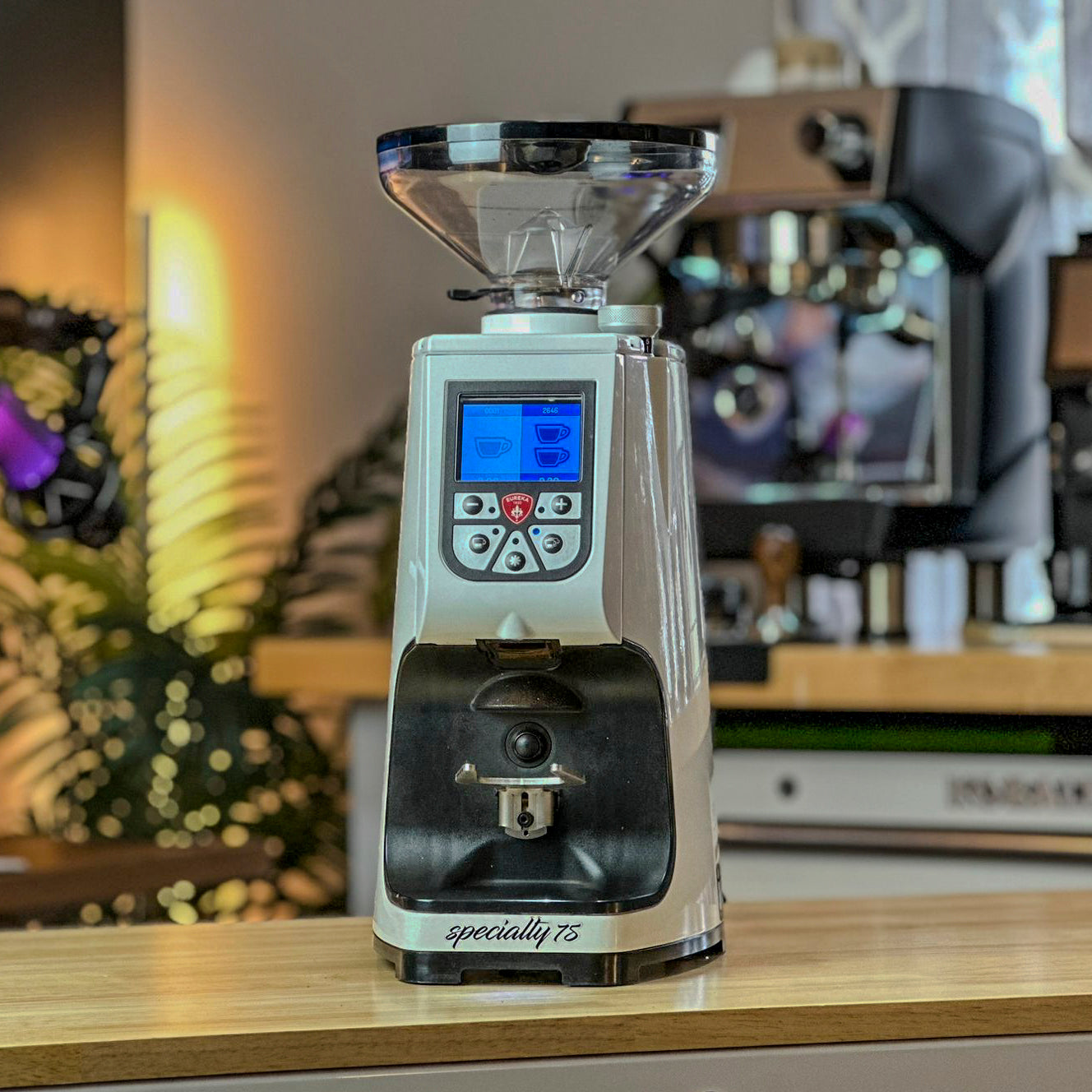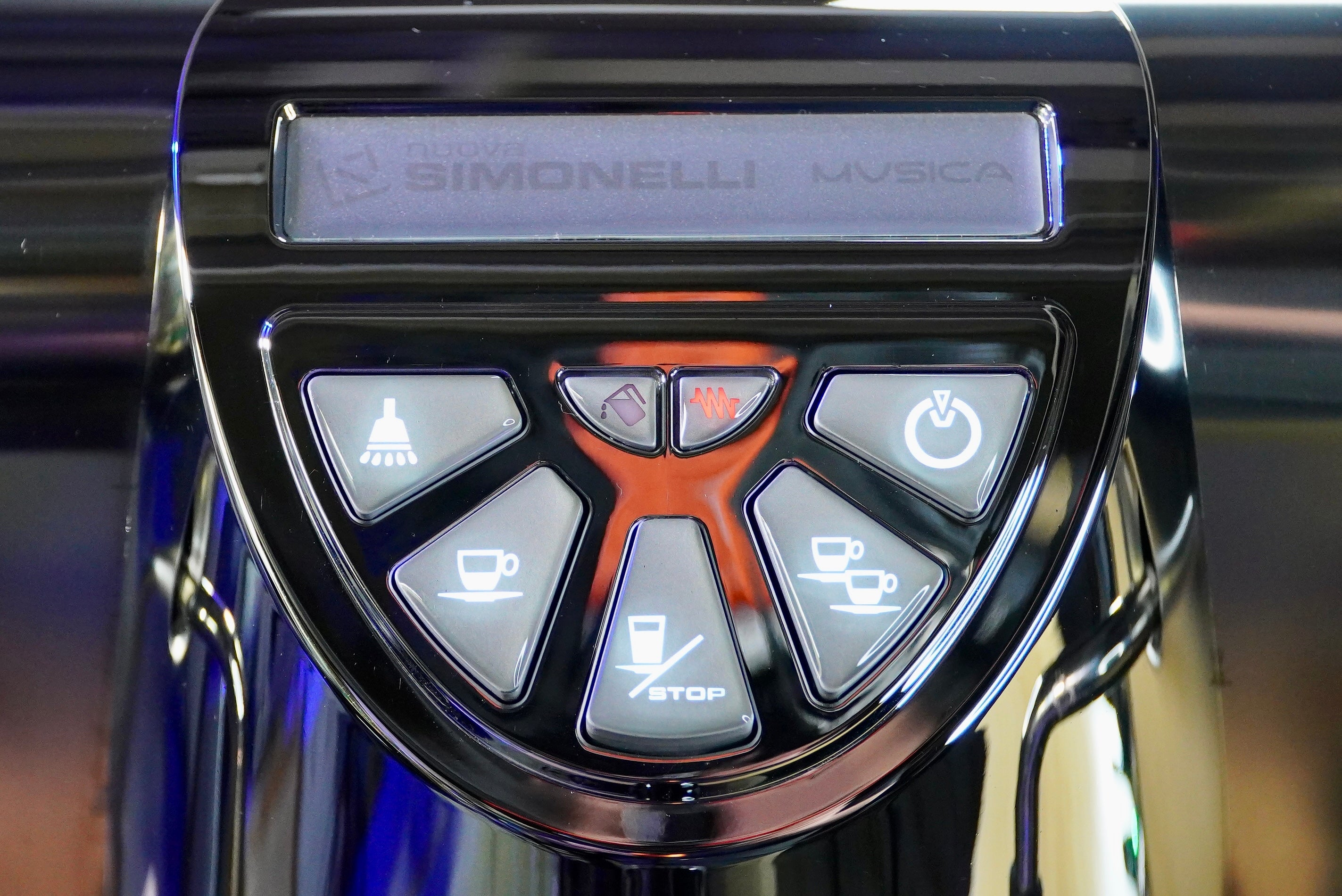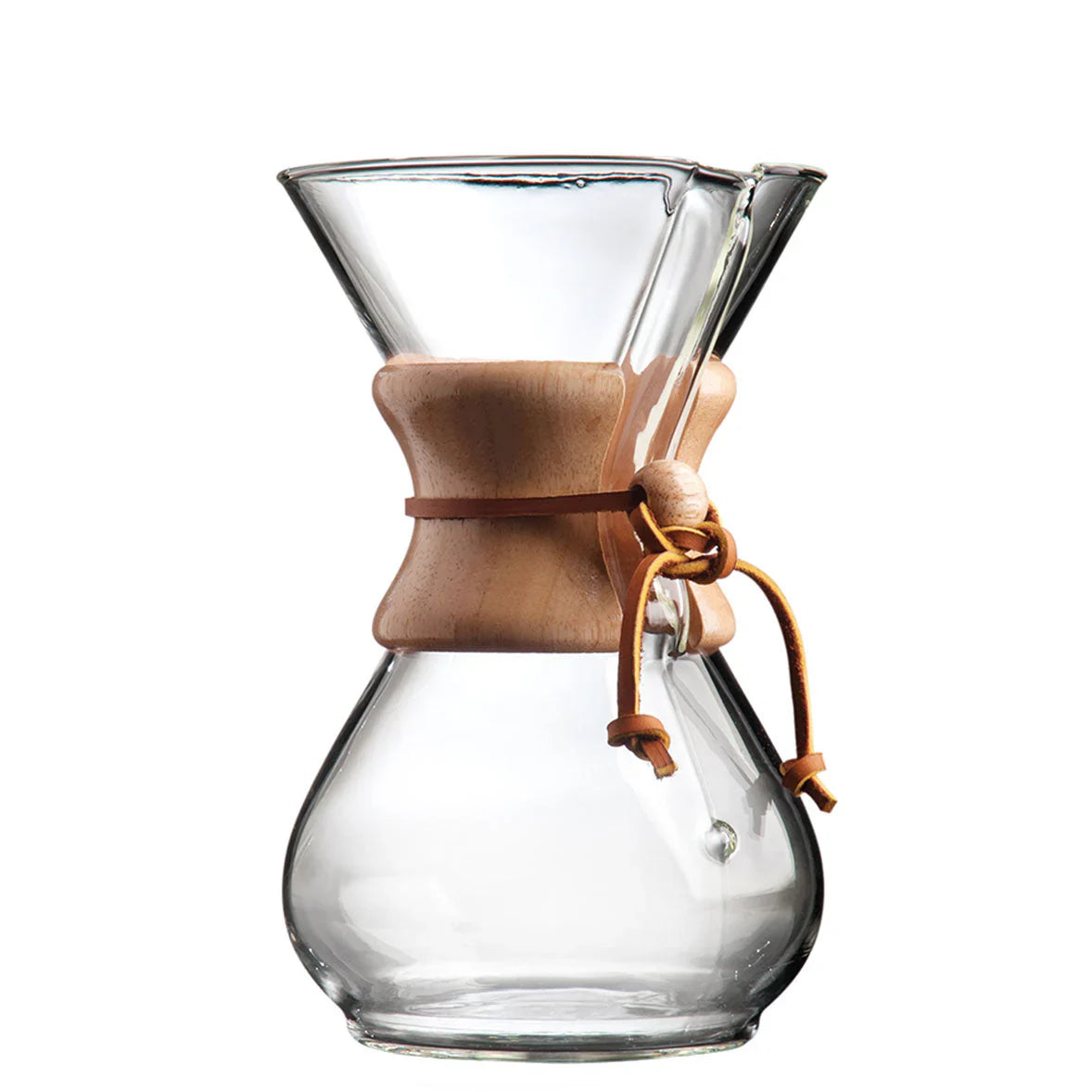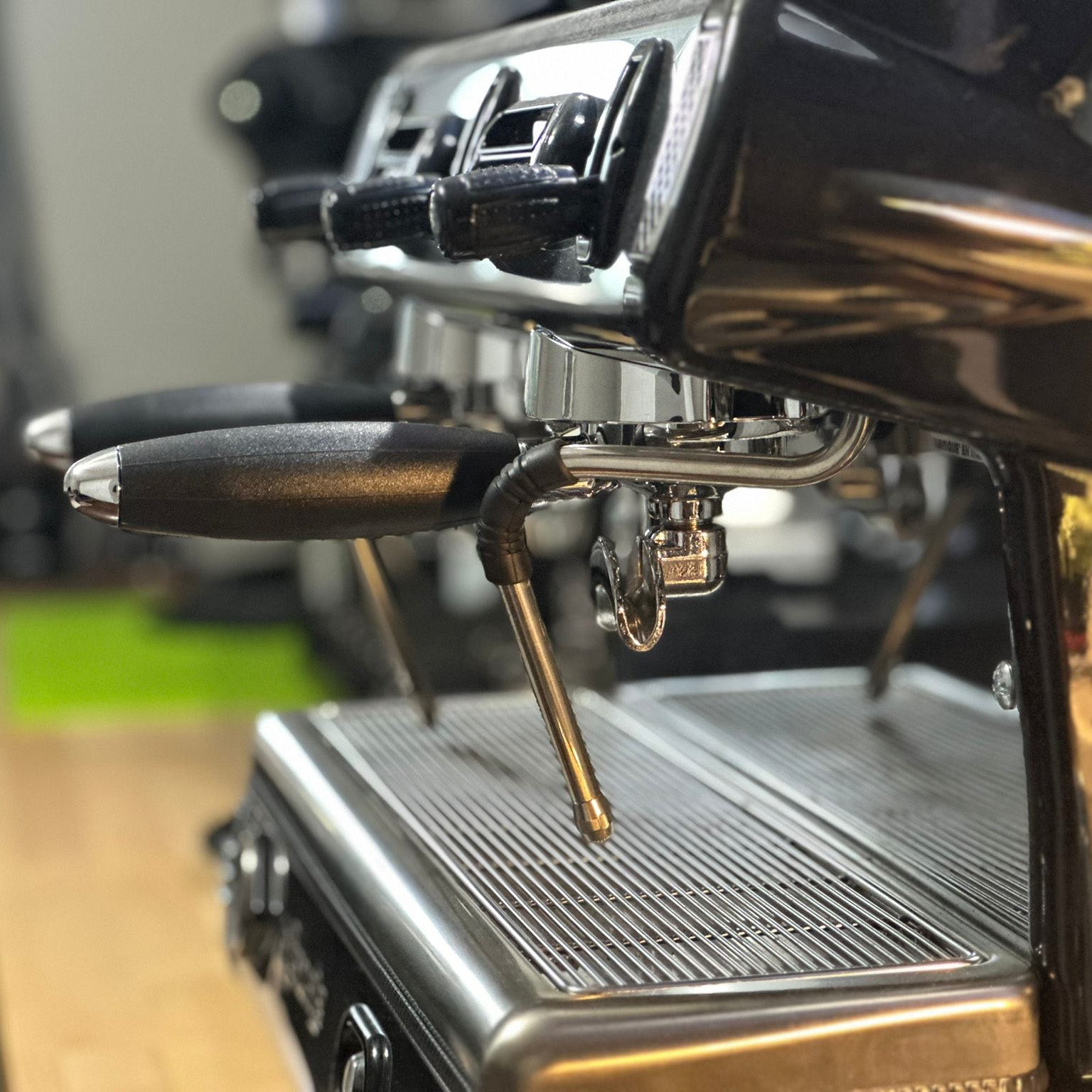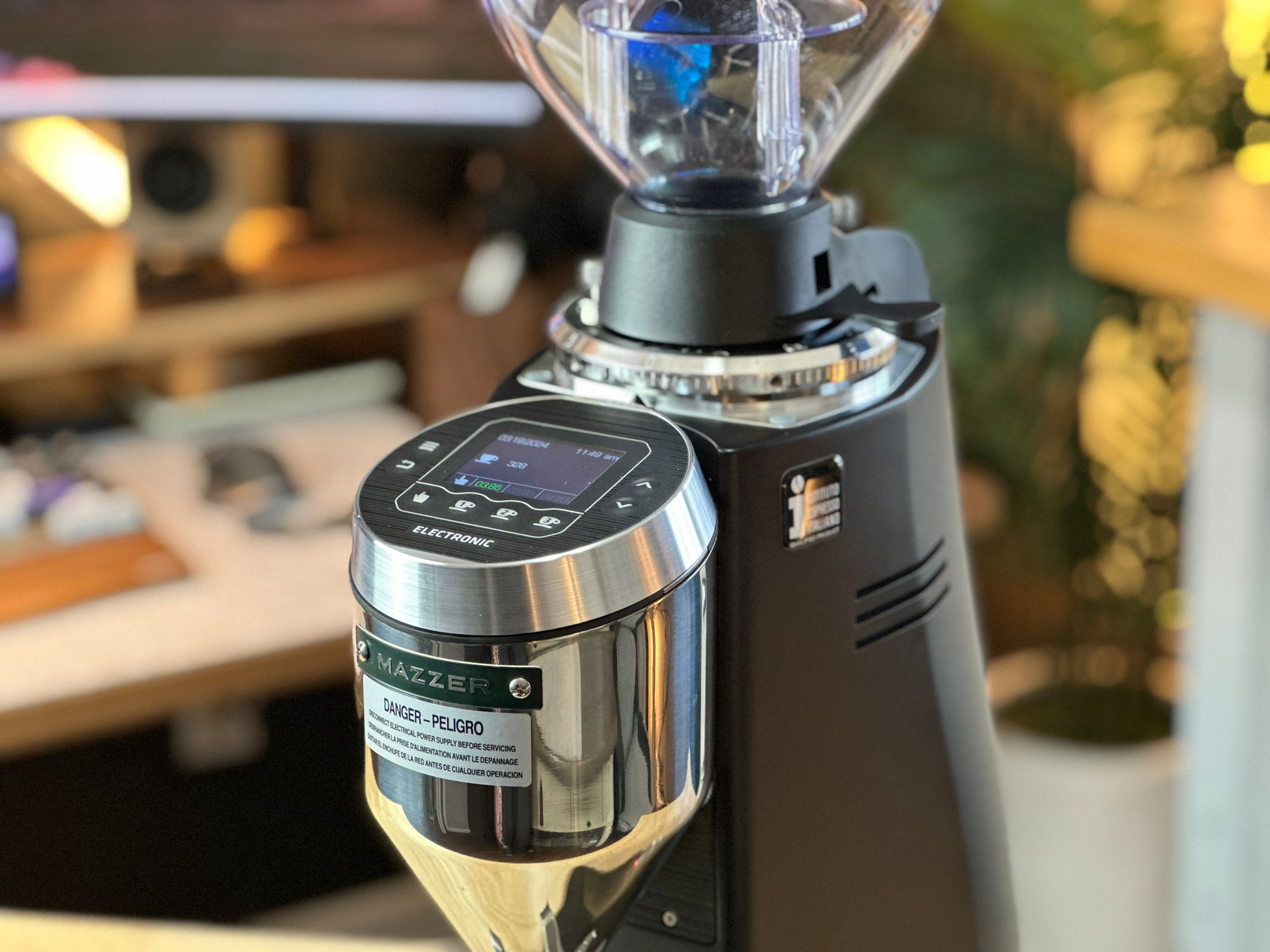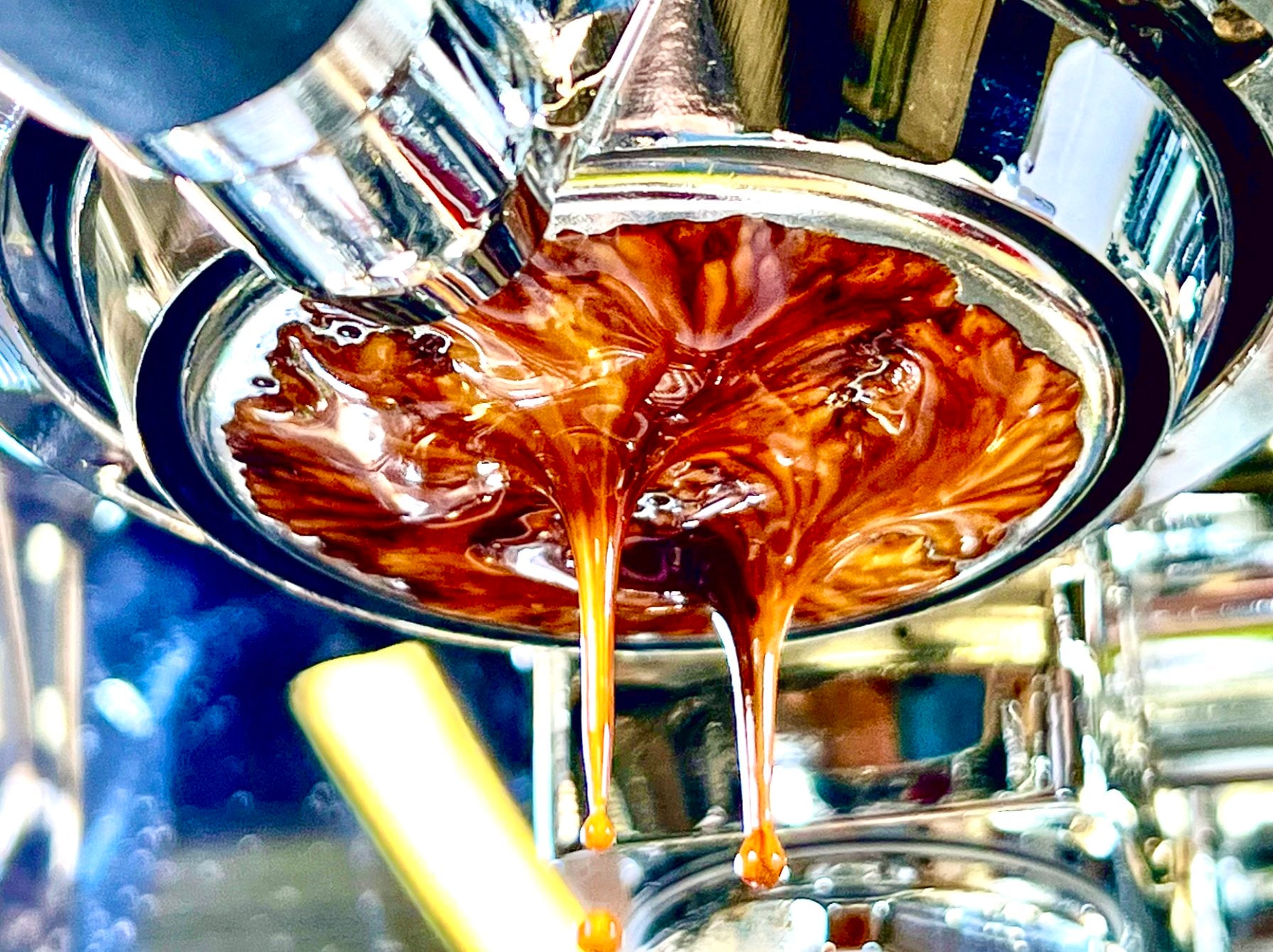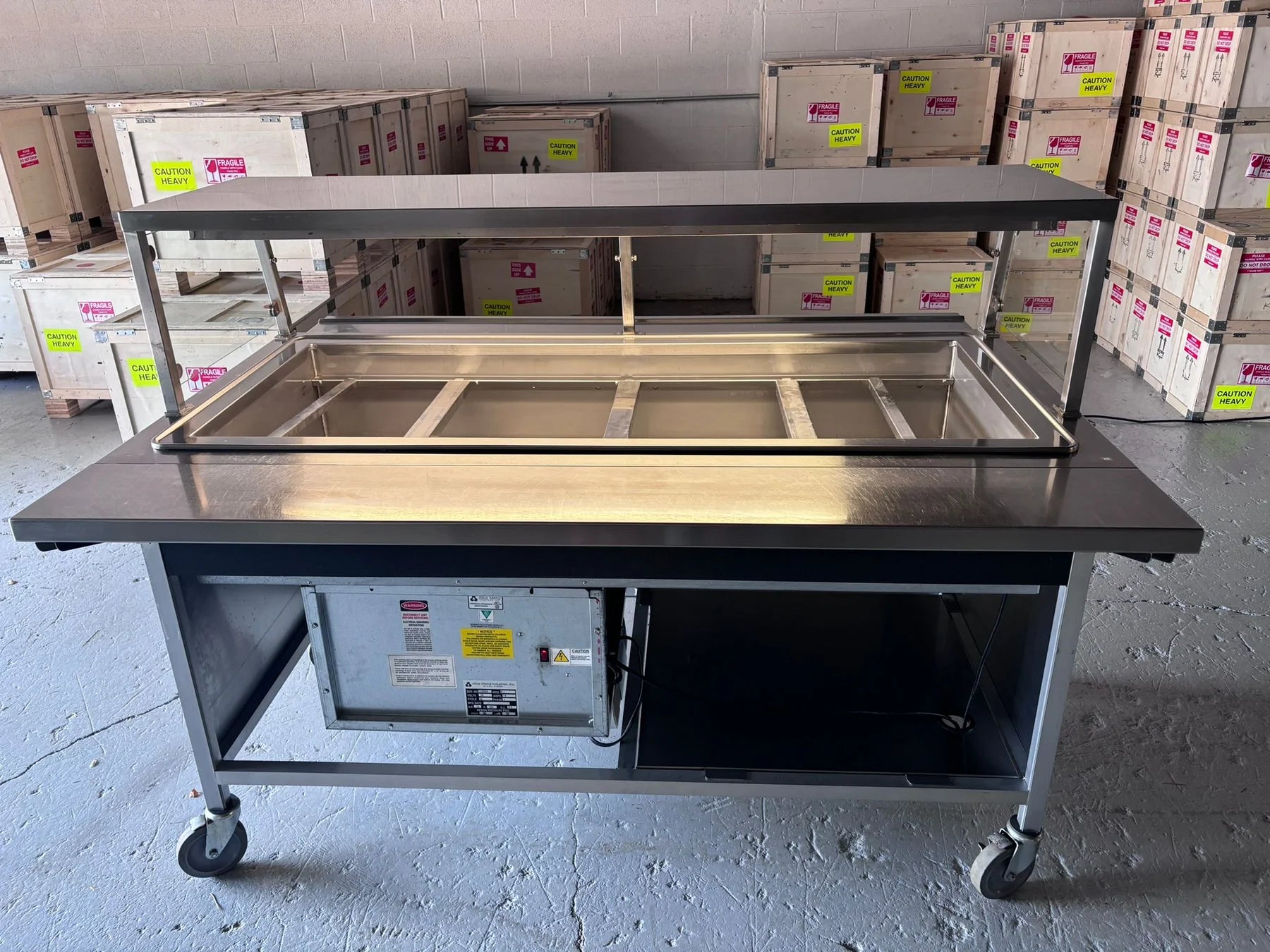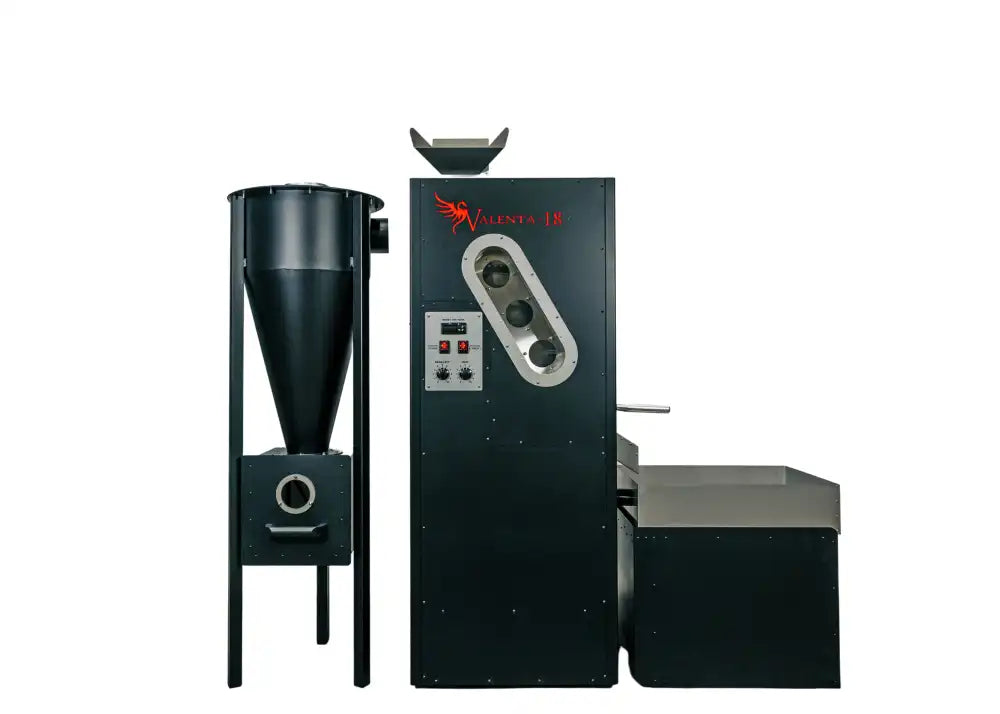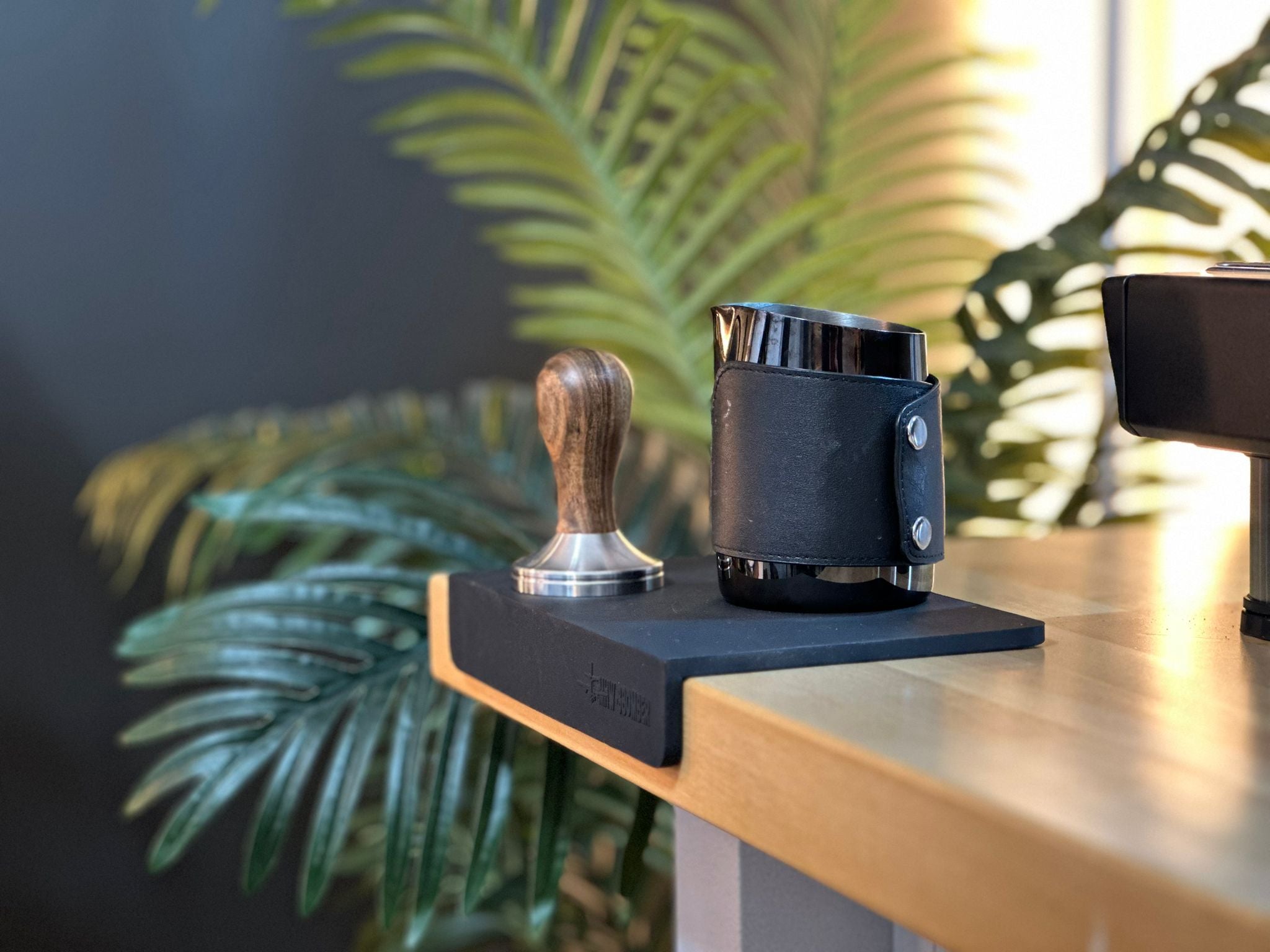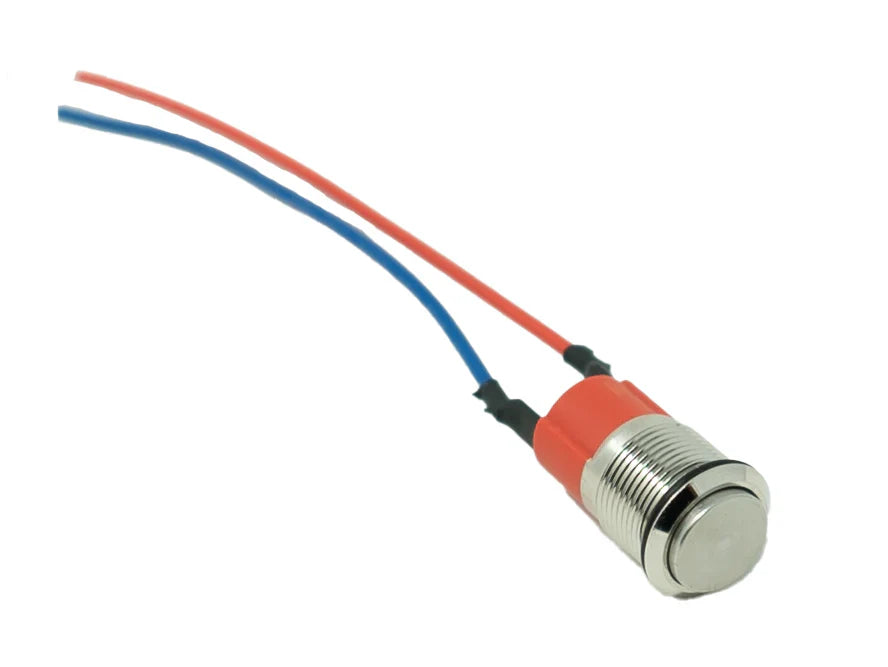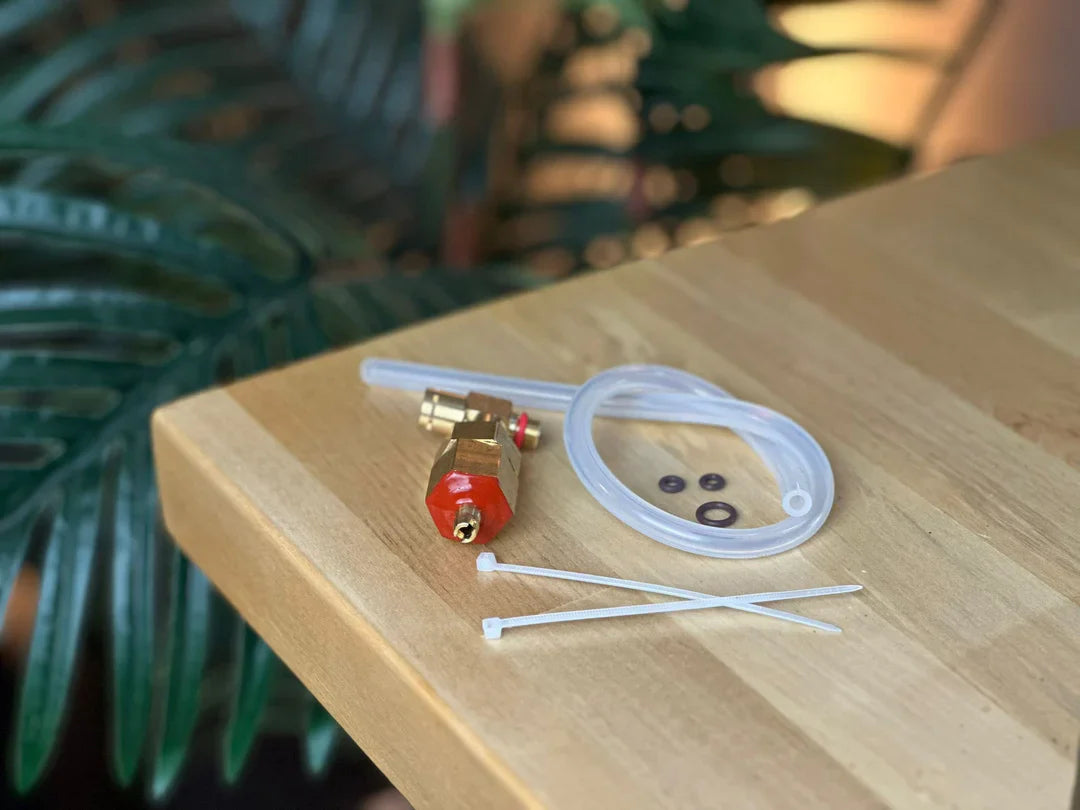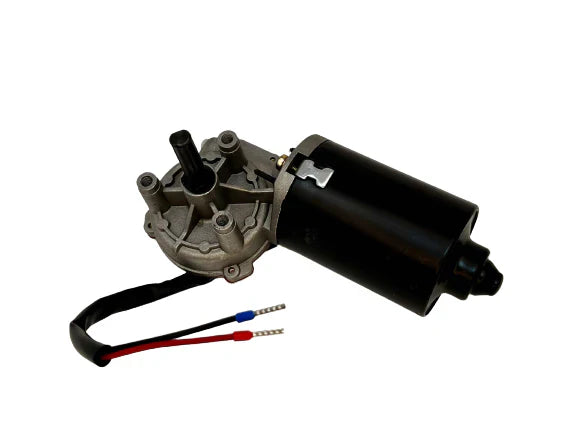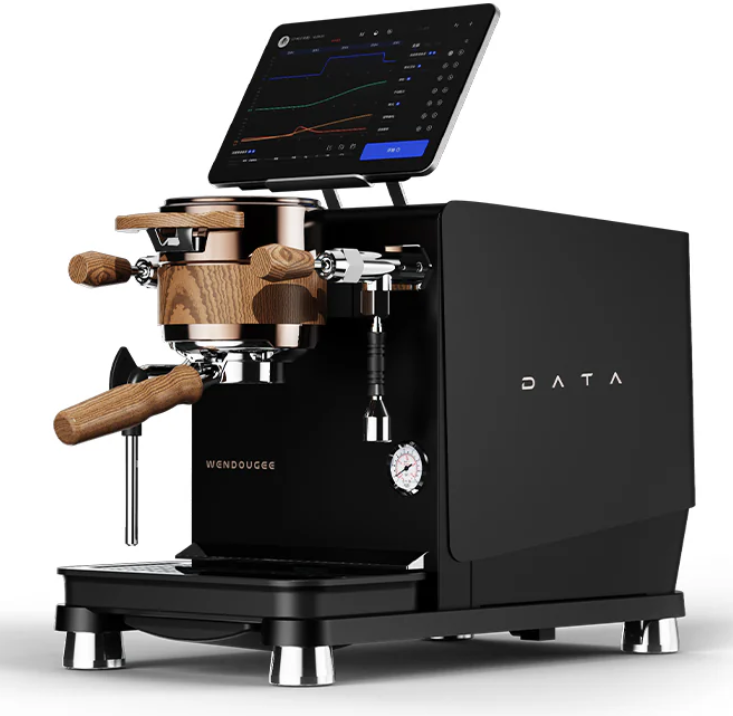Buying Coffee in Bulk: Best Practices for Storage and Preserving Freshness
Switching to buying coffee beans in bulk can offer several benefits, such as reduced cost per pound and the opportunity to work with the same beans over a longer period to perfect your brewing process. However, concerns about storage and coffee degradation over time are valid, especially if you're buying 5 pounds of beans at once. The freshness of coffee is essential to achieving the best flavor, and improper storage can lead to stale or oxidized coffee. In this article, we’ll address your concerns about storage, degassing, one-way valves, and how to preserve your beans for extended periods.
1. Understanding Coffee Degradation Over Time
Coffee beans are highly sensitive to several environmental factors that contribute to their degradation:
-
Oxygen: Coffee beans oxidize when exposed to air, leading to the loss of flavor and aroma. This process is called "staling." Oxygen is one of the biggest culprits in coffee degradation.
-
Light: Prolonged exposure to light can also degrade the oils and compounds in coffee beans, leading to flat and lifeless flavors.
-
Heat: Heat accelerates the degradation process, breaking down the chemical compounds that contribute to the coffee's flavor profile.
-
Moisture: Coffee beans are hygroscopic, meaning they absorb moisture from the air. This can lead to flavor deterioration and make the beans go stale faster.
To avoid these factors, it's essential to store your coffee properly, especially when buying in bulk.
2. The Role of Degassing in Coffee Freshness
When coffee is freshly roasted, it undergoes a process called degassing, during which the beans release carbon dioxide (CO₂). Freshly roasted coffee beans continue to outgas CO₂ for several days, which is why many bags come with one-way valves. These valves allow gas to escape but prevent oxygen from entering.
Key Points on Degassing:
-
Why Degassing is Important: CO₂ escaping from the beans can negatively affect the extraction during brewing. If the beans are too fresh (less than 3-5 days post-roast), the gas will interfere with water penetrating the grounds, leading to under-extraction and uneven flavors.
-
Ideal Degassing Period: Most experts recommend letting the beans degas for at least 3-7 days after roasting before using them, depending on the roast level and brewing method. Darker roasts degas faster, while lighter roasts take a little longer.
-
When to Stop Degassing: After the initial degassing period, the outgassing slows down significantly, but you still want to prevent oxygen from coming in contact with the beans to maintain freshness.
3. One-Way Valves: Necessary or Not?
One-way valves are designed to allow CO₂ to escape without letting oxygen in. However, there is some debate about their necessity for long-term storage. Here’s a breakdown:
-
Pro-Valve Argument: The one-way valve helps relieve pressure inside the bag from the outgassing beans, ensuring that the beans don’t get exposed to oxygen while still degassing. It is particularly useful in the first few days after roasting, as beans are releasing CO₂ rapidly.
-
Con-Valve Argument: Some coffee enthusiasts argue that once the initial degassing phase is over (after 3-5 days), the one-way valve becomes less important. In some cases, improper sealing or valve defects can allow small amounts of oxygen into the bag, accelerating the staling process.
Should You Use One-Way Valve Bags?
One-way valves are most useful during the first few days of degassing. After that, transferring the beans to an airtight, opaque container may be more beneficial for long-term storage, as it completely eliminates exposure to oxygen.
4. Storage Strategies for 5 Pounds of Coffee Beans
When buying large quantities of beans, storage becomes crucial to prevent them from going stale before you can finish them. Here’s an effective strategy for storing bulk beans:
Step 1: Let the Coffee Degas
When your coffee beans arrive, allow them to degas for the first 3-5 days. You can leave them in the original bag if it has a one-way valve, but keep the bag sealed when not in use.
Step 2: Portion and Freeze
Once the beans have degassed, the next challenge is to preserve freshness over several weeks. Freezing coffee beans in small batches is one of the best ways to maintain their freshness:
-
Portion the Beans: Divide your 5-pound bag into smaller portions (about ½ pound each) and store them in airtight, opaque containers or vacuum-sealed bags. Freezing the beans in small portions allows you to thaw only what you need, minimizing exposure to oxygen.
-
Freezing Guidelines: Freezing coffee beans slows down the staling process but doesn’t stop it entirely. By freezing in portions, you prevent the entire batch from being repeatedly exposed to air when you take out beans for daily use. When you’re ready to use a portion, allow it to thaw completely before grinding.
Step 3: Store at Room Temperature
For the portion you plan to use immediately, keep it at room temperature in an airtight, opaque container. Place the container in a cool, dark cupboard to avoid exposure to light and heat. Make sure the container is tightly sealed after every use to prevent oxygen from getting in.
5. Does Freezing Affect Coffee Quality?
There has been some debate about whether freezing affects the quality of coffee beans. Recent research and experiments by leading coffee experts indicate that properly stored frozen coffee beans can retain their quality for several months. Here’s what you need to know:
-
No Impact on Flavor When Stored Properly: As long as the beans are stored in airtight containers and thawed properly, freezing does not negatively impact flavor. In fact, some studies suggest that freezing beans immediately after roasting can lock in freshness for months.¹
-
Freezer Burn Risk: The risk with freezing coffee is freezer burn, which occurs when moisture reaches the beans. To avoid this, use vacuum-sealed bags or containers designed for freezing.
6. Best Containers for Coffee Storage
To maximize the longevity of your beans, you’ll need the right containers. Look for containers that are:
- Airtight: Ensuring no oxygen can enter after the degassing phase is critical.
- Opaque: Exposure to light degrades coffee beans, so the container must block all light.
- Vacuum-Sealed: For the highest level of preservation, a vacuum-sealed container or bag can eliminate almost all air.
Some popular coffee storage options include:
- Airscape Canisters: These containers feature a special lid that pushes down on the beans, forcing air out as much as possible.
- Mason Jars with Vacuum-Sealing Lids: Using a vacuum-sealing lid attachment can turn a standard mason jar into an effective coffee storage container.
- Fellow Atmos Canisters: These vacuum-sealed containers are specifically designed for storing coffee.
7. Conclusion
Buying 5 pounds of coffee at a time can be a great way to save money and allow you to practice dialing in one specific coffee. However, the key to making this work is proper storage. After allowing the beans to degas for the first 3-5 days in a one-way valve bag, portion the beans and store them in airtight containers. Freezing portions of your beans can significantly extend their shelf life without affecting the flavor, as long as they are thawed and used correctly. With the right storage methods, you can enjoy fresh coffee for weeks or even months after buying in bulk.



